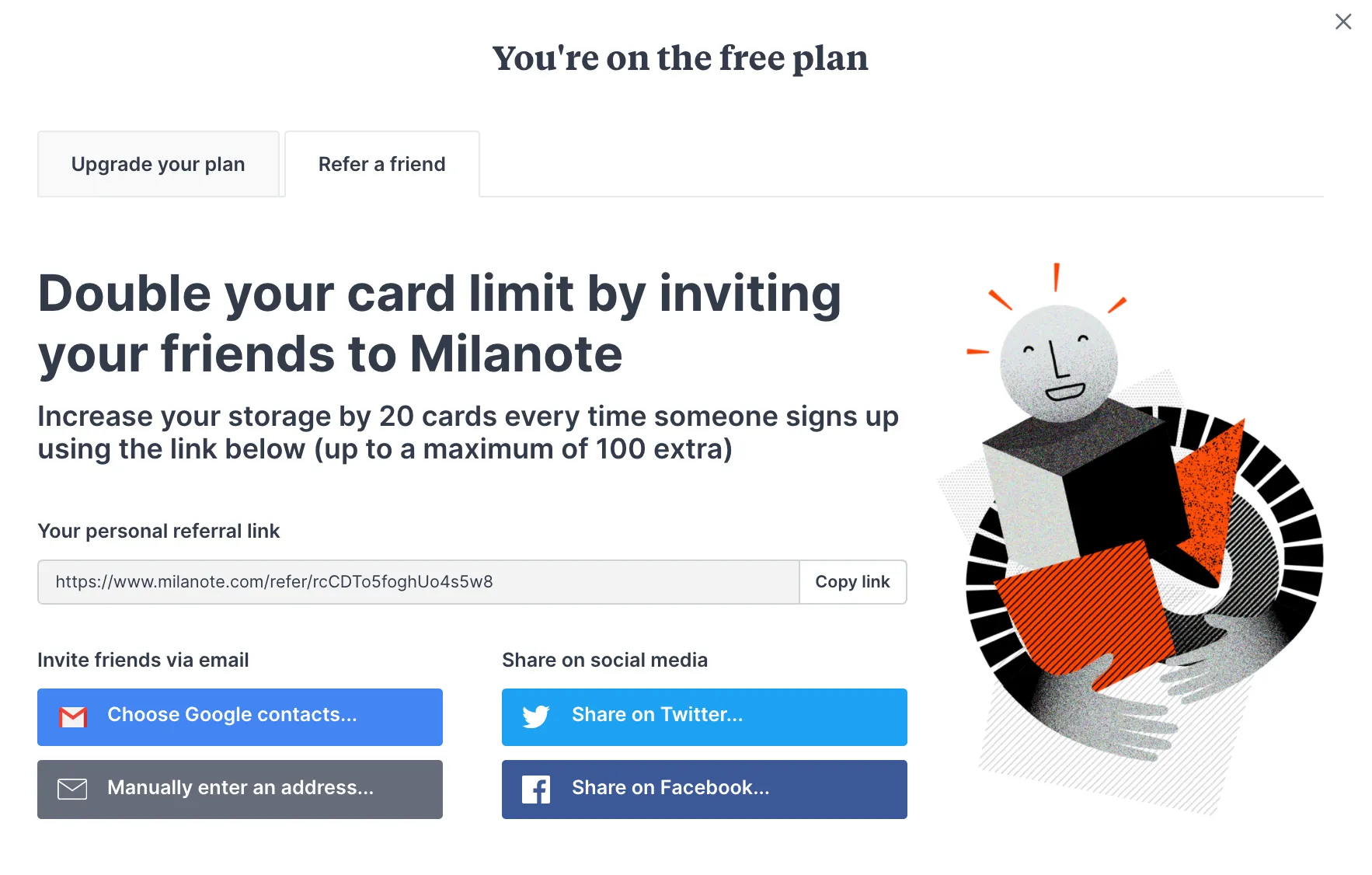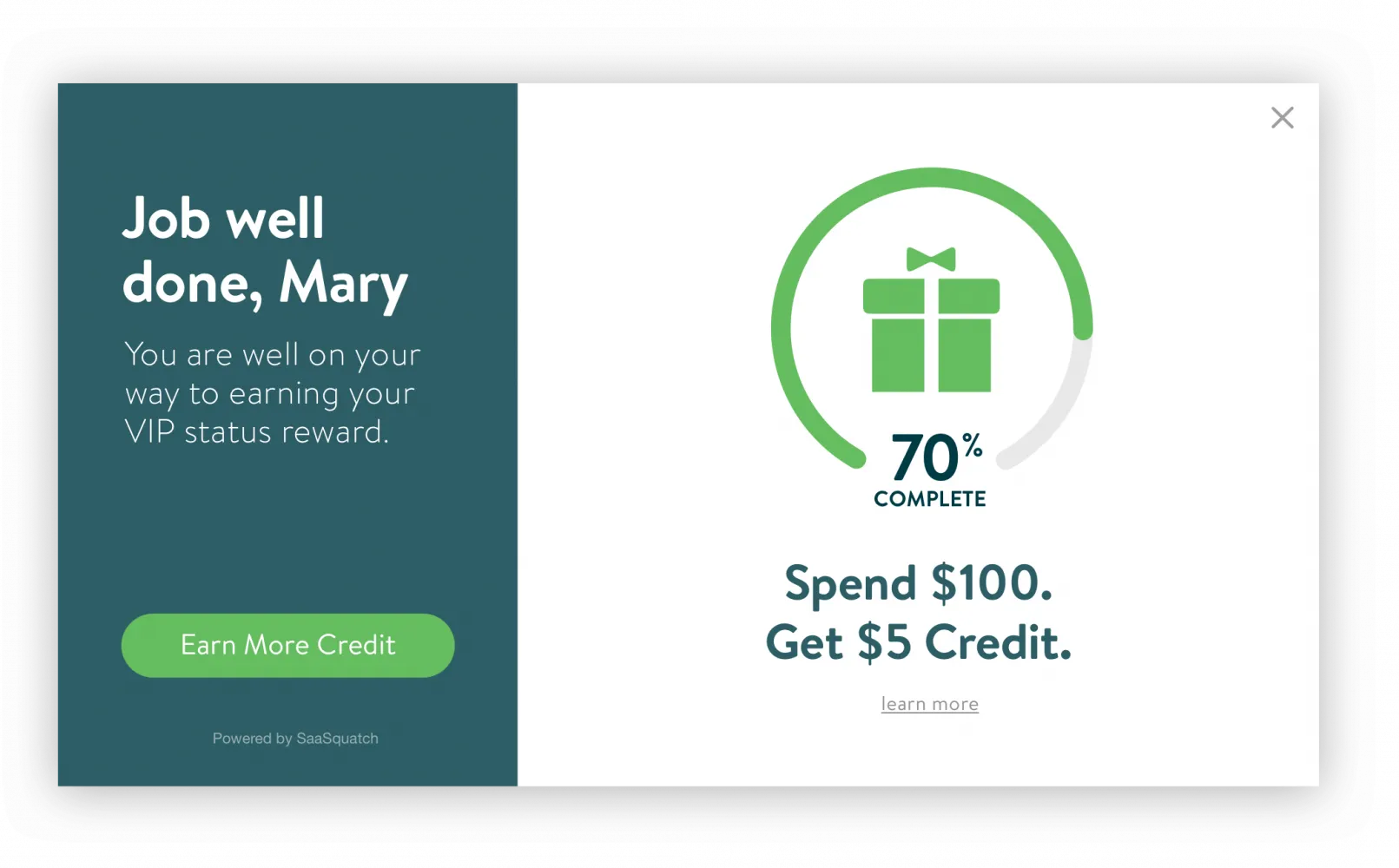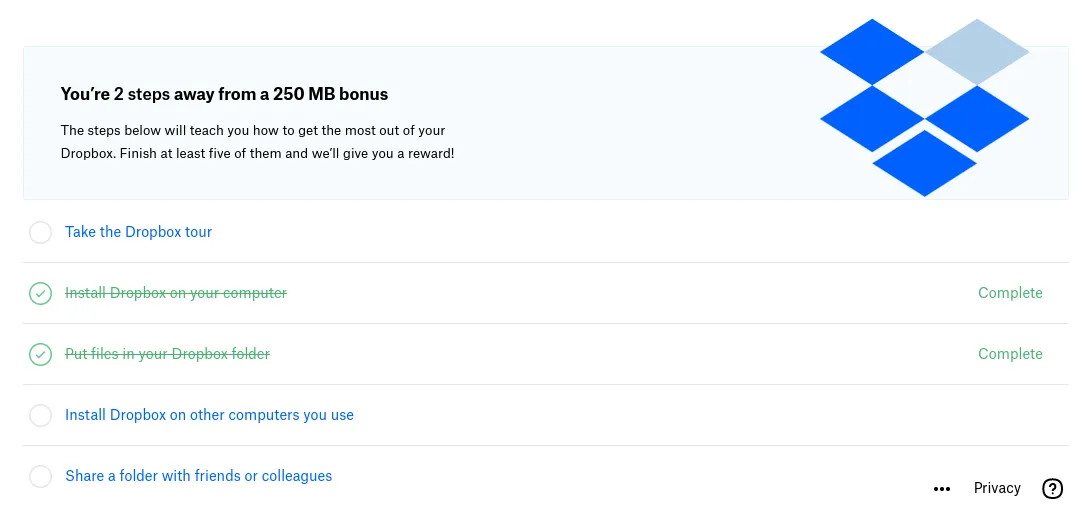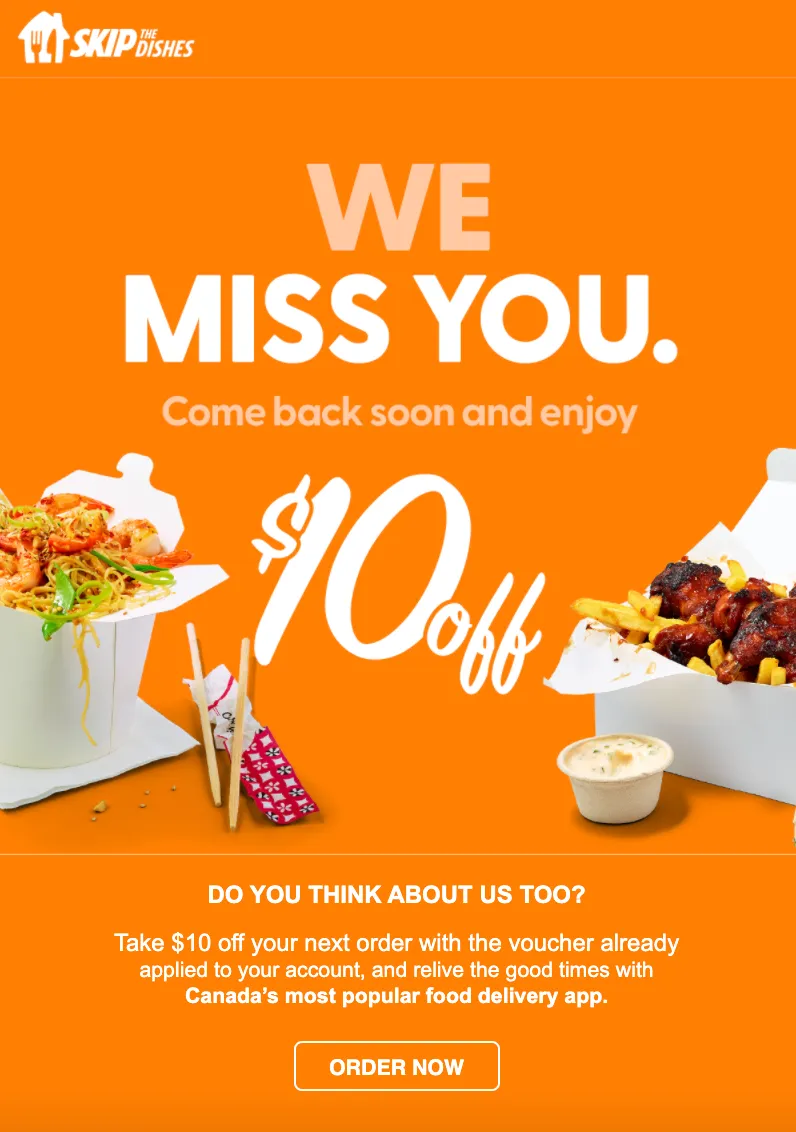How to make the most of your marketing budget during a downturn
We all sort of knew this was coming, didn’t we? The time has come to figure out how to make the most of your marketing budget during a downturn.
The pandemic threw global economies for a loop. After the initial shock to the system, it actually didn’t take too long for markets to rebound in strength.
But what goes up (and up and up and up) must eventually come down. A significant slowdown had to be inevitable. And as the calendar rolled forward into 2022, with inflation soaring and political instability looming, investors started to pump the brakes.
In light of the current economic climate of sputtering stock values, a startup incubator even issued a warning to founders to hunker down to survive the downturn. Things have grown bleaker in the weeks since.
You may have been one of the lucky ones, sailing through fundraising rounds on sky-high valuations and aggressively growing your company through outsized spending. But tech companies around the world are realizing they need to make adjustments to ensure sustainable growth over the near and long term.
While you might be tempted to take a long look at your marketing budget, doing all you can to maintain your online presence during a downturn can pay dividends in the future. By projecting stability and confidence during hard times, you’ll stay top-of-mind with your target market and leave no room for competitors to take advantage or fill the gap.
But let’s say you’re needing to reprioritize to make the most of your marketing budget during a downturn. Customer marketing is always a worthwhile endeavor (we may be biased!), but it’s especially valuable during a downturn. Here are a few ways you can unleash the potential of your existing customer base to:
- Reduce your acquisition costs
- Increase your retention rate
- Encourage activation, usage and renewals
- Minimize churn
- Build customer loyalty
1. Reduce your acquisition costs
Referral marketing has always been one of the most cost-effective ways to acquire new customers. But it’s becoming increasingly so, especially as traditional means of advertising are getting more expensive (and less effective.)
Marketo found customer referrals to be their best performing acquisition channel for conversion rate by far (almost 4x the average). Because when people have a great experience, they naturally want to tell others. How many times have you checked out a new product or service because a friend was raving about it?
And when those new customers come through your door by way of referral, they tend to be 18% more loyal, spend 13.2% more money, and have 16% higher lifetime values compared to those who weren’t referred. Those numbers are worth paying attention to!
At SaaSquatch, we’ve seen companies increase their average selling price by 18%, convert customers at a 136% higher rate than free trials, and effortlessly grow their user base – all by intentionally encouraging their existing customers to refer a friend.

In an economic slump especially, referrals can lay the groundwork for even more significant growth once consumer spending stabilizes. While marketing budgets are limited, why not let your customers do the selling for you for a fraction of your usual acquisition cost?
Keep Learning: How to Get More Customer Referrals (Part 2)
2. Increase your retention rate
When faced with the task of reducing costs and increasing profit, it’s common for businesses to go back to the top of the sales funnel and think of ways to get more new customers. This reflex is due in part to the way corporate culture celebrates and praises those who “acquire more/new/faster”, but it’s also because we’re used to looking at growth as a linear progression like this:
Get customers → Get them paying → Keep them around as long as possible
(ie. a simplified version of the customer lifecycle model.)
It’s natural to assume everything moves from left to right – that growth is only a result of getting more customers. But when it costs 5 to 25x more to acquire a new customer than to retain an existing one, the most valuable place to start is actually at the other side of the funnel – by making more of an effort to hold on to the customers you already have.

Investing in a loyalty program that adds extra value, but not necessarily extra cost, to your existing customers is one of the best ways to spend the resources you do have. Whether you take the classic approach of offering redeemable points to your customers, or other rewards like conference tickets, swag, training sessions, or VIP perks, this added value will help you hold on to your customers longer. Even just a 5% increase in retention can lead to a 25 - 95% increase in profit.
Keep Learning: Loyalty Programs for Customer Retention
3. Encourage activation, usage and renewals
Paying attention to how your customers are actually using your product or service, and to what degree, is one of the best ways to not just keep customers longer, but increase their lifetime value (ie. how much they spend with you over time).
This is done by encouraging (and even rewarding for) the completion of activities within your application that educate and engage your users so that they understand exactly how it benefits them. These are activities like setting up your first project, trying a new feature, or paying for 3 months upfront. Even in a stable economy, focusing on properly activating new customers is actually the main difference between a subscription service that can keep customers and one that can’t.

It might not seem obvious, but creating engaged power users of your product or service also helps you boost acquisition. When you have more users who understand the value proposition of your brand, they are more likely to recommend it to like-minded people who can benefit just as much as they do.
To prove this point, small business management software Jobber saw an increase in customer lifetime value when they launched a customer referral program. As it turns out, Jobber’s referred customers have a 5% higher lifetime value than customers who don’t register via a friend’s recommendation.
Keep Learning: Loyalty Programs to Maximize Customer Lifetime Value
4. Minimize churn
If a customer has gone quiet and you think you’ve lost them to a competitor, it may seem like there’s nothing else you can do. Once again, it might be incredibly tempting to head back to the drawing board to find a way to get more new customers if you’re in a pinch to keep seeing new sales come through.
Not so fast! Even if customers have become inactive, you have a 60-70% chance of success to sell to them again, while the chances of success for selling to a new potential customer are only 5-20%. And when you're looking for ways to make the most of your marketing budget during a downturn, you want to work with the odds in your favor.
Customer marketing with campaigns designed to reactivate lost customers helps you do just that. The key here is to offer an actual benefit aside from just telling the customer you miss them, such as a discount on their next purchase. Not convinced there’s any value in that? Data from the Customer WinBack Benchmark Study found that the ROI for customer winback campaigns ranges from 32x to 182x!

The lesson here is that even if they haven’t made a purchase in a while, a customer is still an extremely valuable asset, and making an effort to re-engage them can deliver significant revenue at a very low cost. When the sales cycle is shorter and the win-back rate is higher than a brand new prospect, what do have you have to lose?
Keep Learning: Winning Back Lost Customers: 5 Tips for Success
5. Build customer loyalty
If you’re reevaluating your spending as a company, keep in mind that your customers are likely doing the same thing. Individual consumers are similarly tasked with making decisions around their budgets and what they are able to prioritize, so keeping them involved is in your best interest for staying top-of-mind.
In recent years, companies who focused on the customer experience saw 3x higher returns to shareholders compared with laggard companies during the same recession time period.
When you focus on customer marketing strategies like loyalty programs, customer feedback groups, and ambassador programs that involve and engage your users and their feedback, you build brand loyalty because there is no reason for them to seek additional value with a competitor.
While you may not know exactly how customers are going to respond during an unstable economy, they have the power to see your business through these challenging times. It’s worth paying attention to how your customers are feeling, and provide the value that they are looking for, even if it takes some research and trial.
Keep Learning: Create a Complete Loyalty Marketing Strategy
Ready to start engaging your customers?
Looking for ways to make the most of your marketing budget during a downturn might be unavoidable, but staying competitive means understanding what will give you the most return on your investment.
The best part is, if you have customers, you already have exactly what you need. You’re already equipped with your most important asset – the one that can cement and fuel your growth even if you can’t afford to buy another Google Ads campaign right now.
When done with genuine intention, focusing on the success and satisfaction of your customers will help you come out on the other side with a stronger and more resilient customer base than ever before. It builds on momentum and only gets stronger with increased attention.
If you want to learn more about specific customer marketing strategies, check out The Digital Loyalty Academy. If you’re ready to explore what a loyalty, referral, or rewards program could look like for your brand, feel free to get in touch and we’d be happy to discuss your goals.